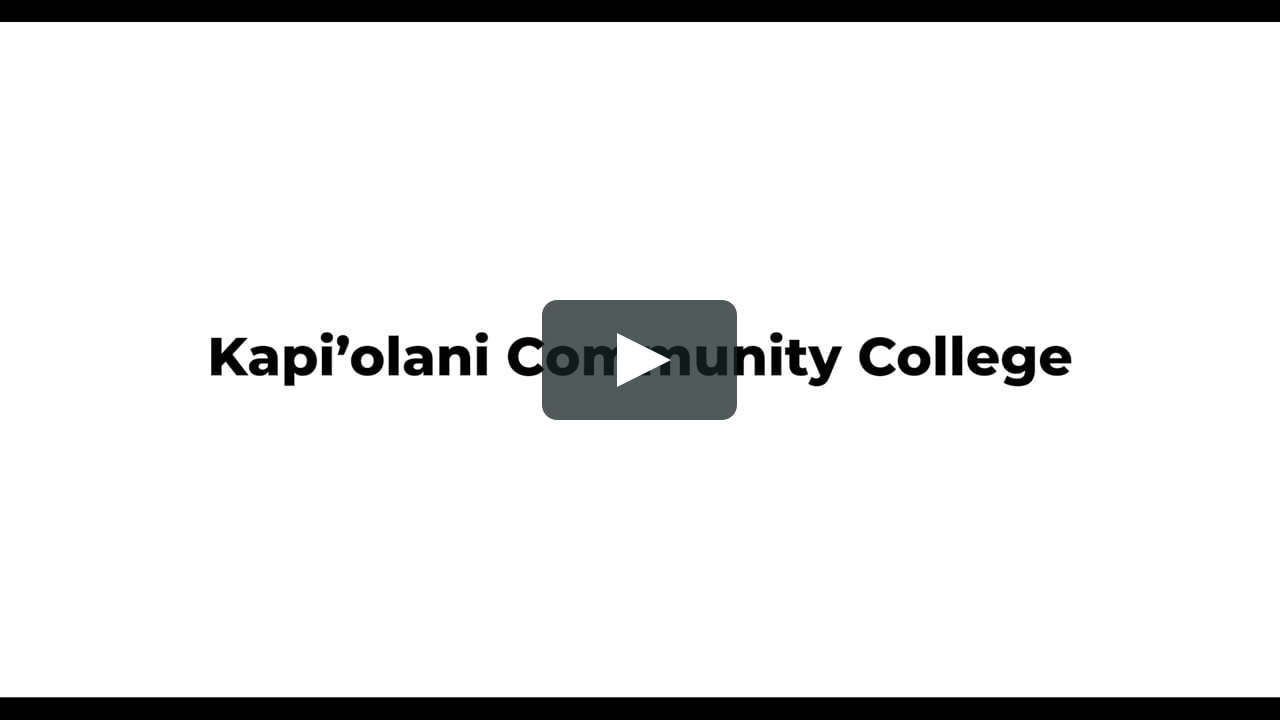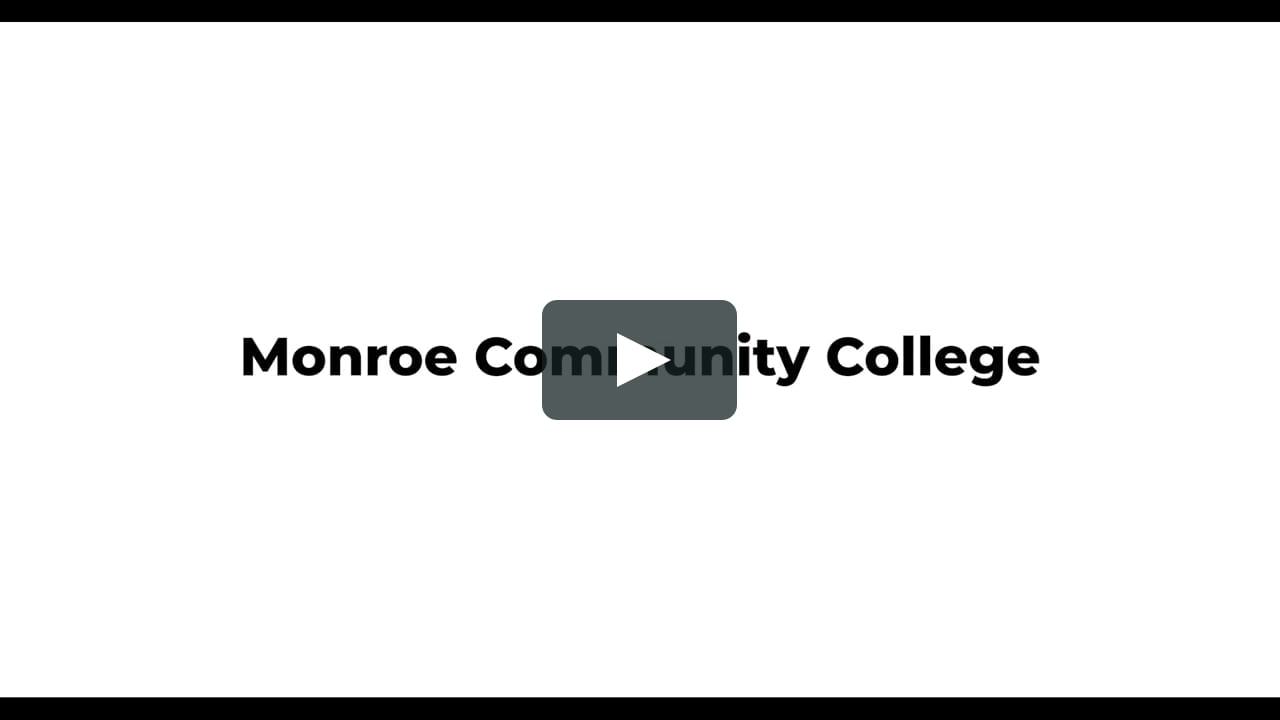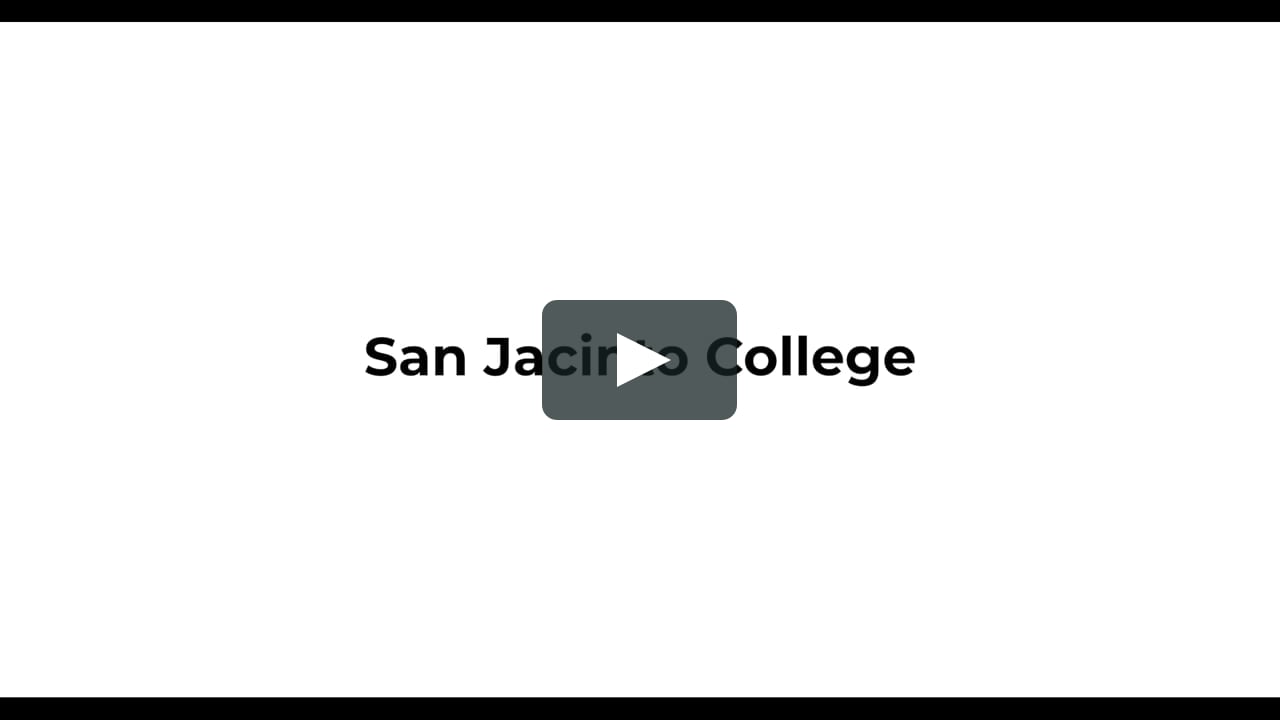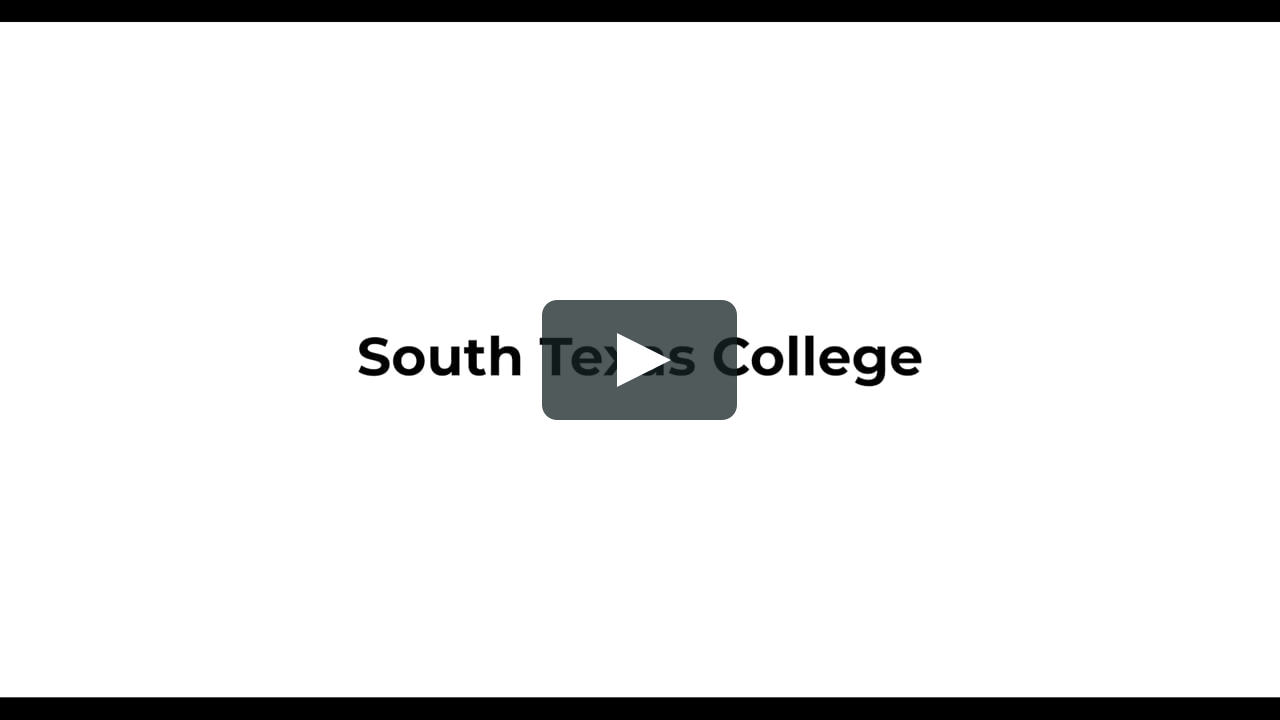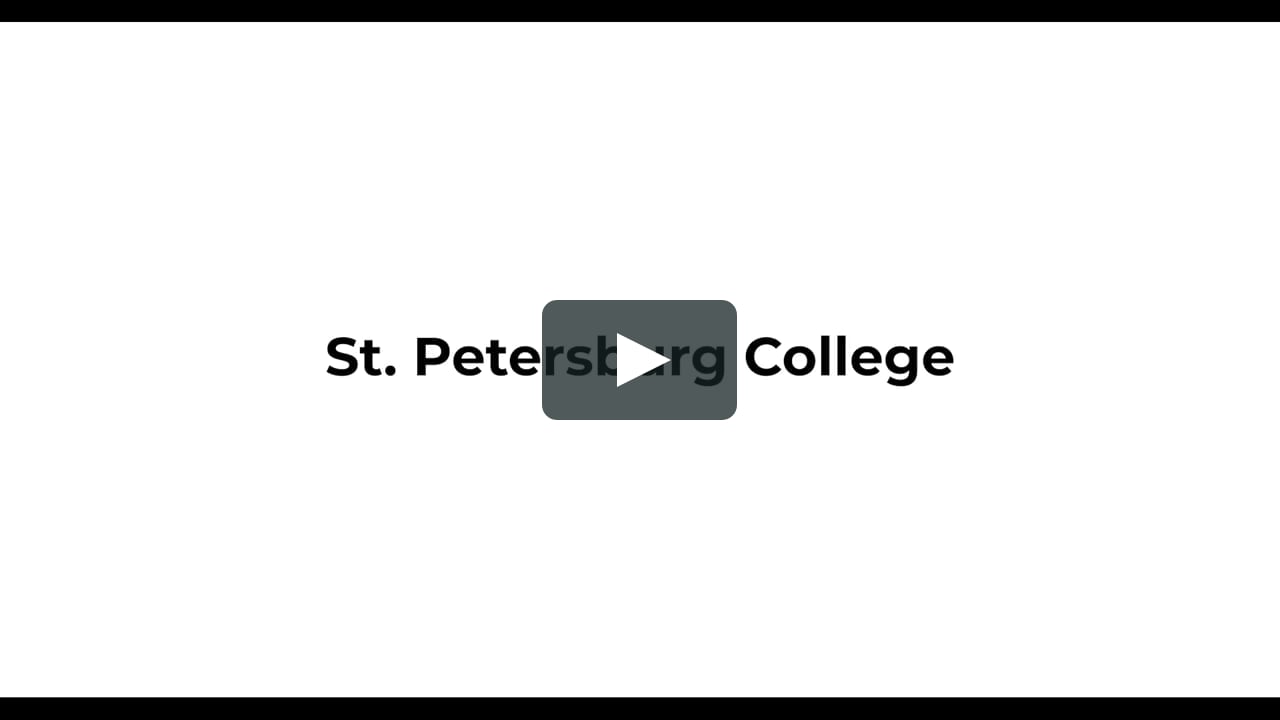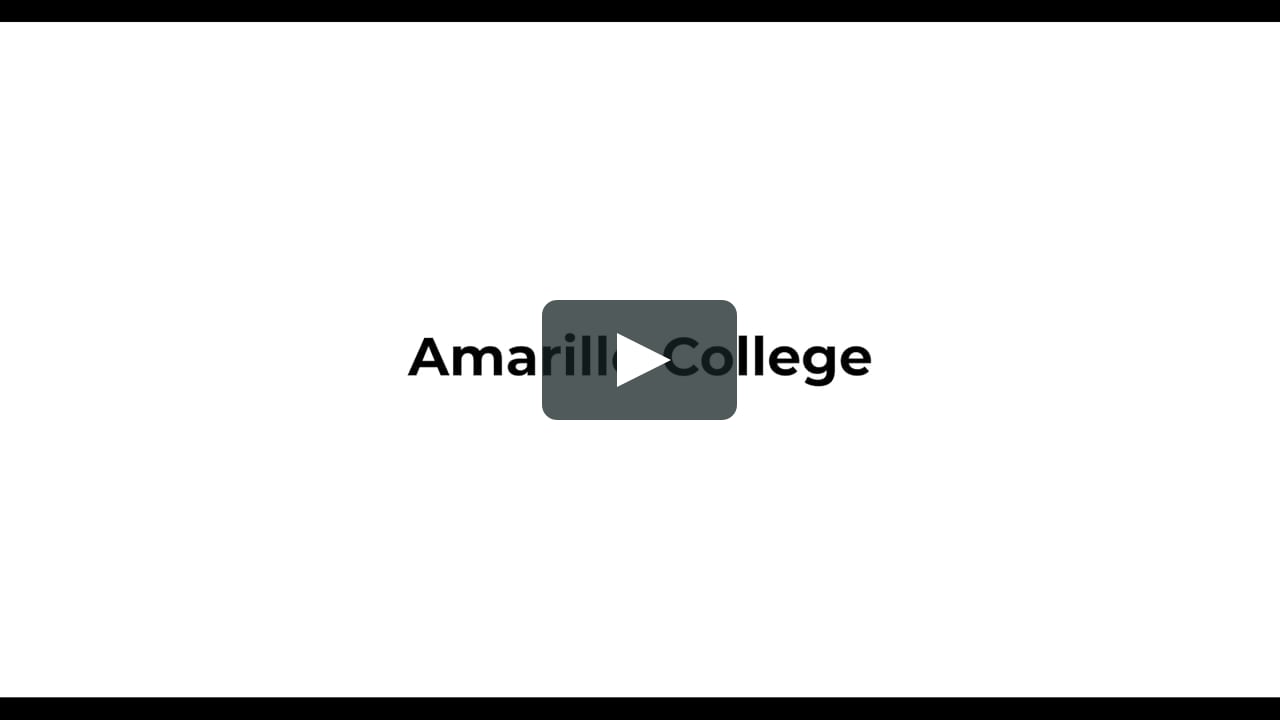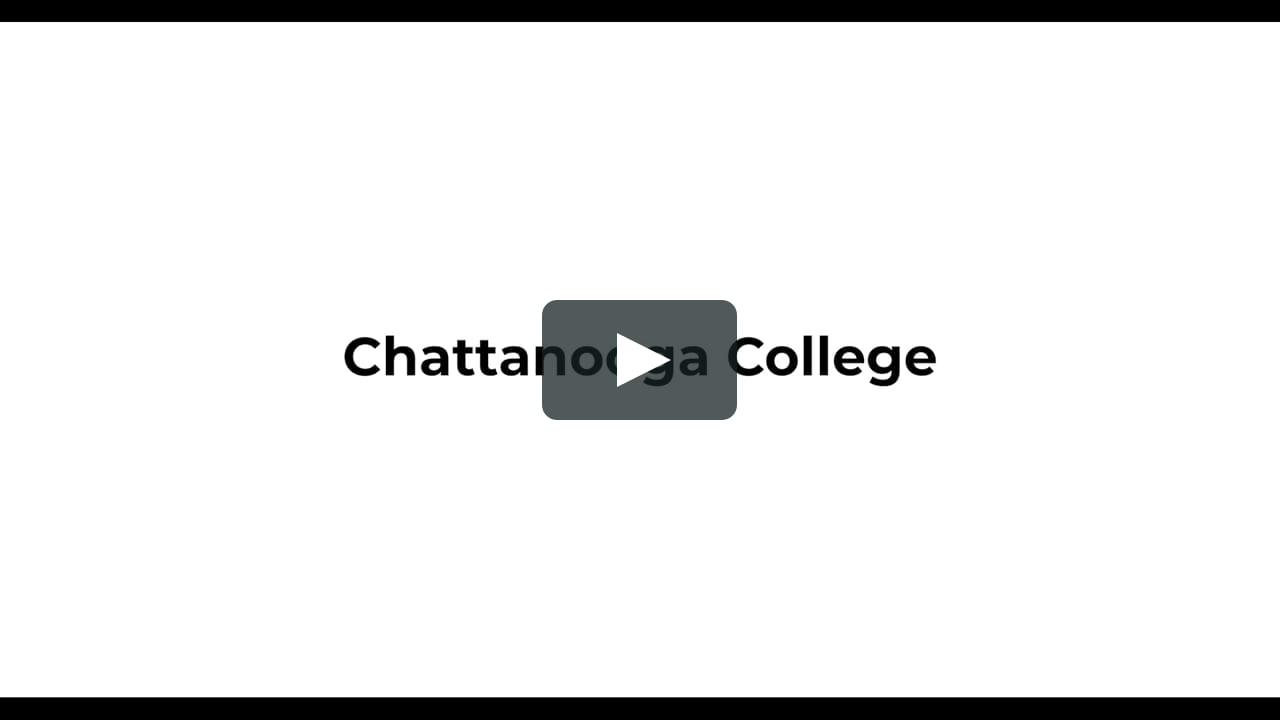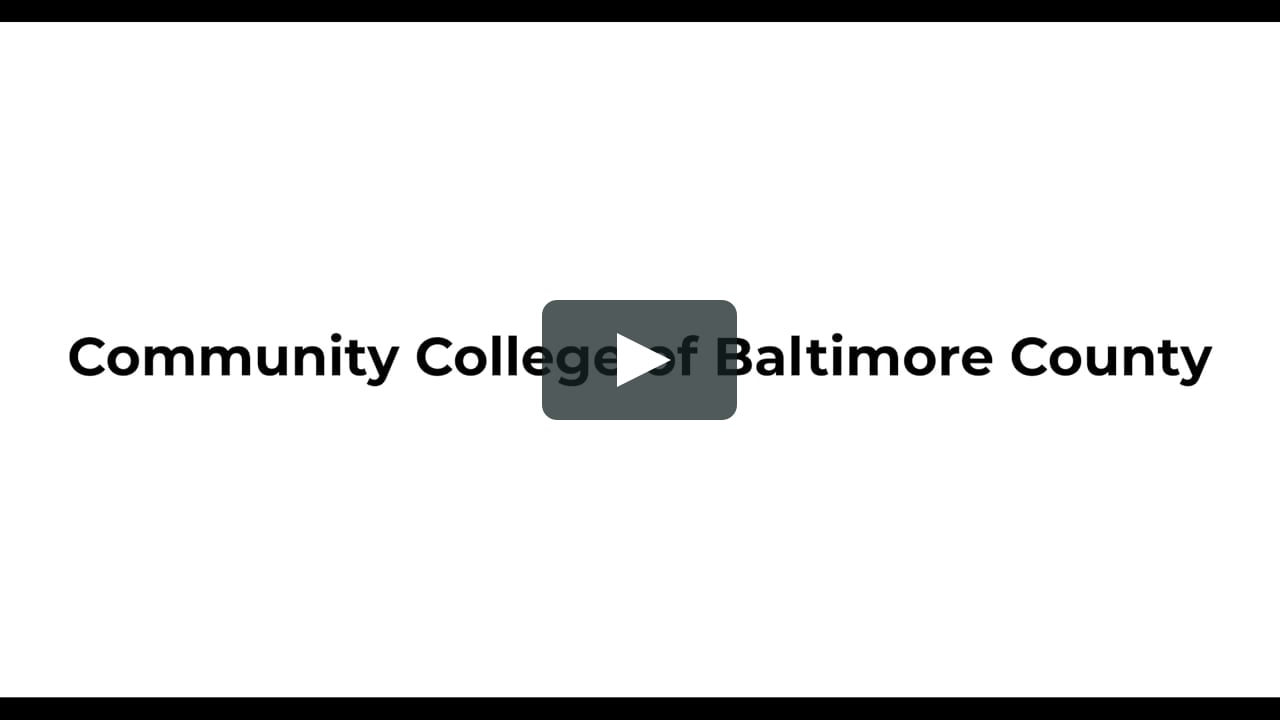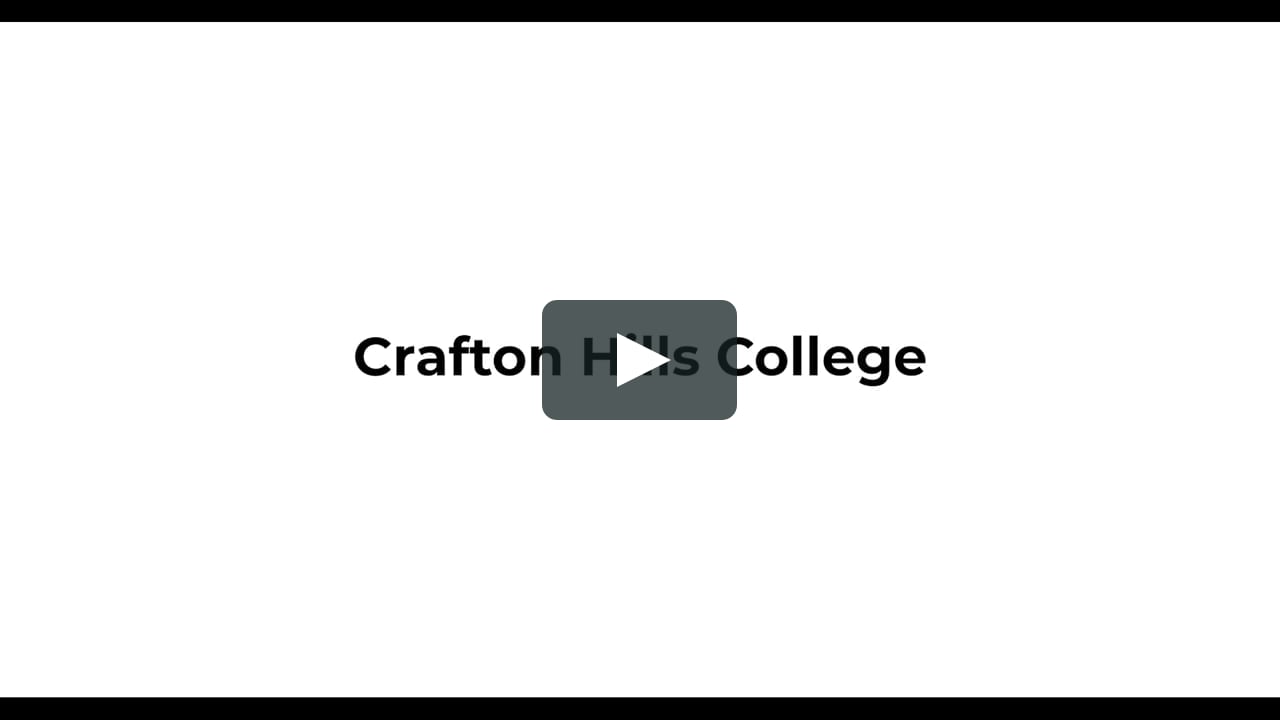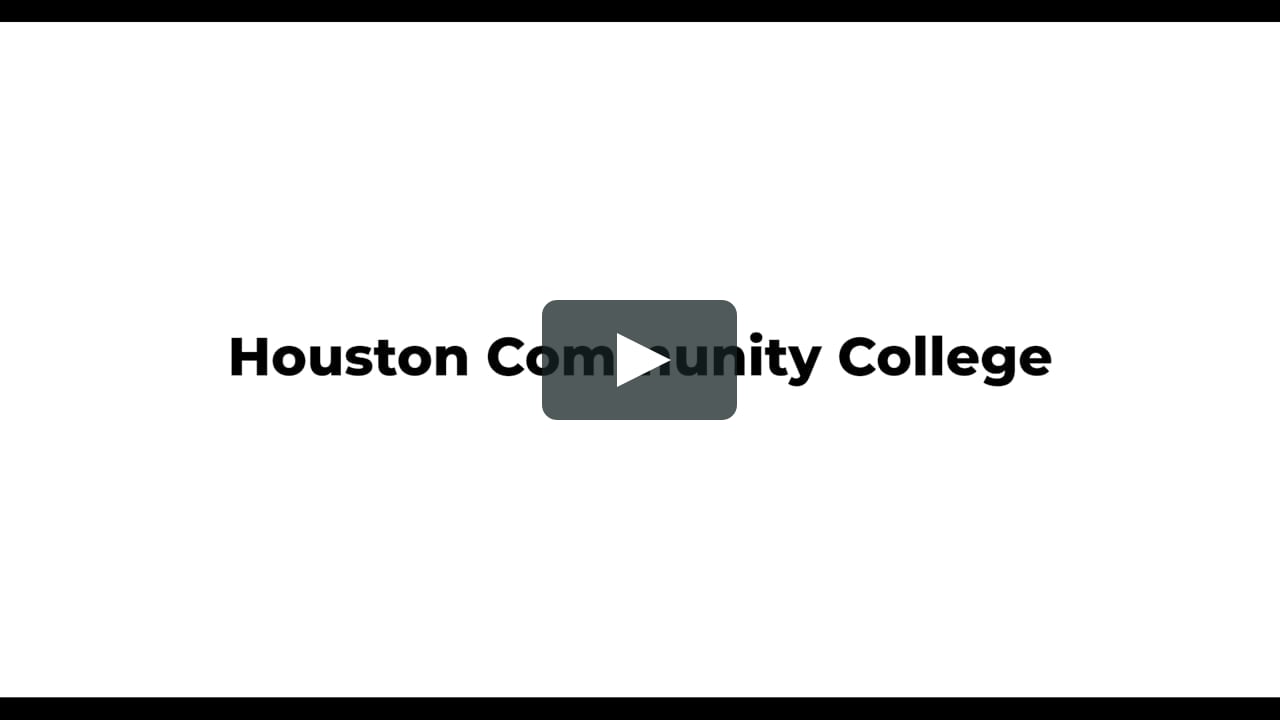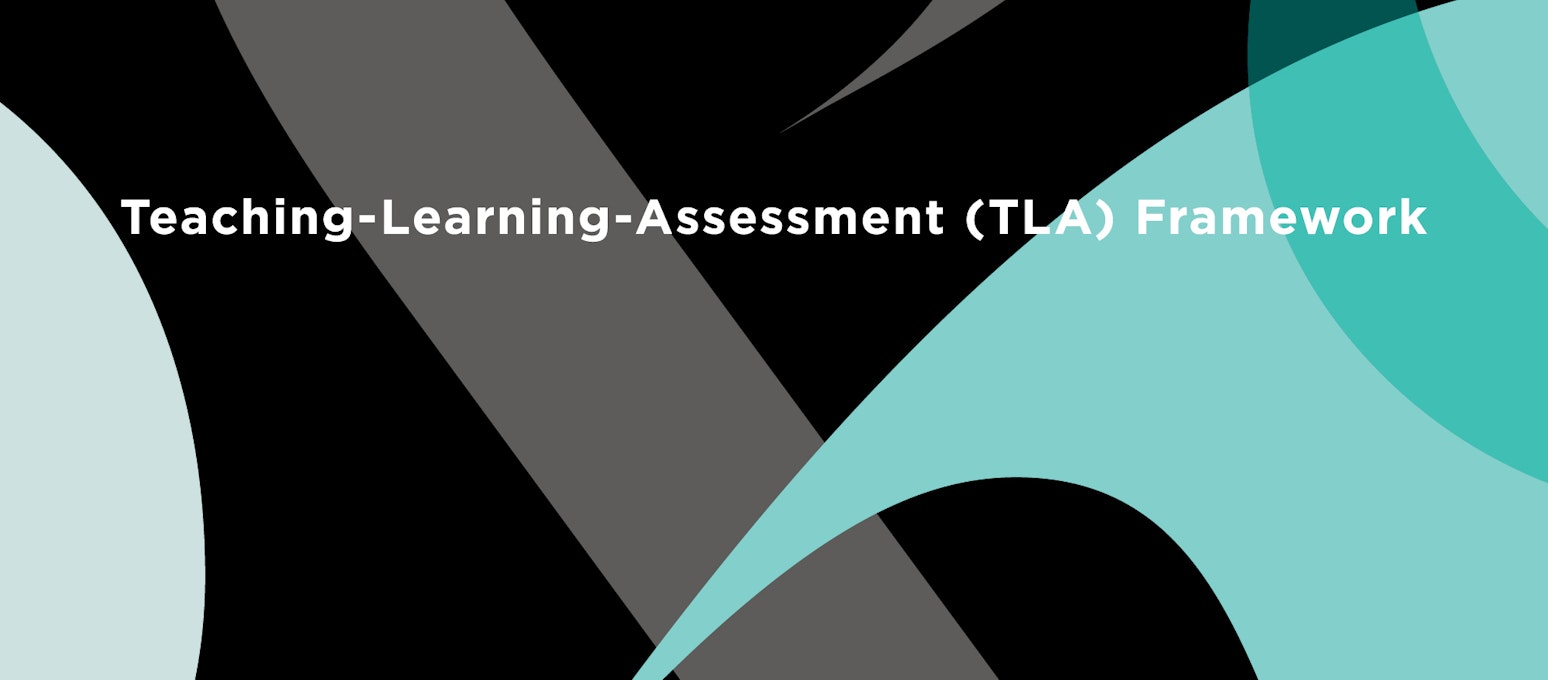

None
Phase 3: Implement
In this third phase of the TLA Framework, campuses begin to implement concrete project actions to achieve the long-term goals and outcomes defined in earlier phases of the framework. Though implementation can take many forms, starting with intentional efforts that directly affect student learning outcomes is an effective and sustainable method of operationalizing a large-scale project.

Implementation looks different for every institution and depends on resources, including but not limited to institutional capacity, faculty/leadership support, and funding.
At the course level, implementation often involves reimagining and designing assignments to be culturally responsive, intentional, transparent, and useful for students in real-world application. At the program and institutional level, campuses work to implement selected enhancements to course design across their pathway(s) before collecting student data and utilizing direct assessment methods (i.e., the VALUE Scoring Collaborative and rubric approach) to disaggregate and triangulate student data and to examine student learning outcomes in preparation for analysis and revision.
Guiding Questions
Consider these guiding questions as you move through the Implement phase.
- How can assignments be designed to address the core components of the Ensure Students Are Learningpillar?
- How can faculty promote transparency and relevancy in assignment design?
- What are promising strategies for designing and implementing culturally responsive assignments?
- What are your equity goals for student learning? How will disaggregated student data inform those goals and assess progress?
- What are considerations for designing equity-conscious assessment plans?
- How are you utilizing direct assessment of student proficiencies related to defined learning outcomes in order to measure progress towards project goals?
Assignment Design
After identifying a pathway(s) and examining disaggregated student data to establish the baseline of existing efforts through data-informed reflection processes, campuses should identify potential interventions to enhance project-based, collaborative, and applied learning assignments within their pathway(s). Collaboration and dialogue among faculty are essential for designing assignments that will achieve project goals and advance student learning outcomes across modalities. Assignment design must be intentional and align with the performance expectations associated with the defined learning outcomes chosen for the identified pathway(s).
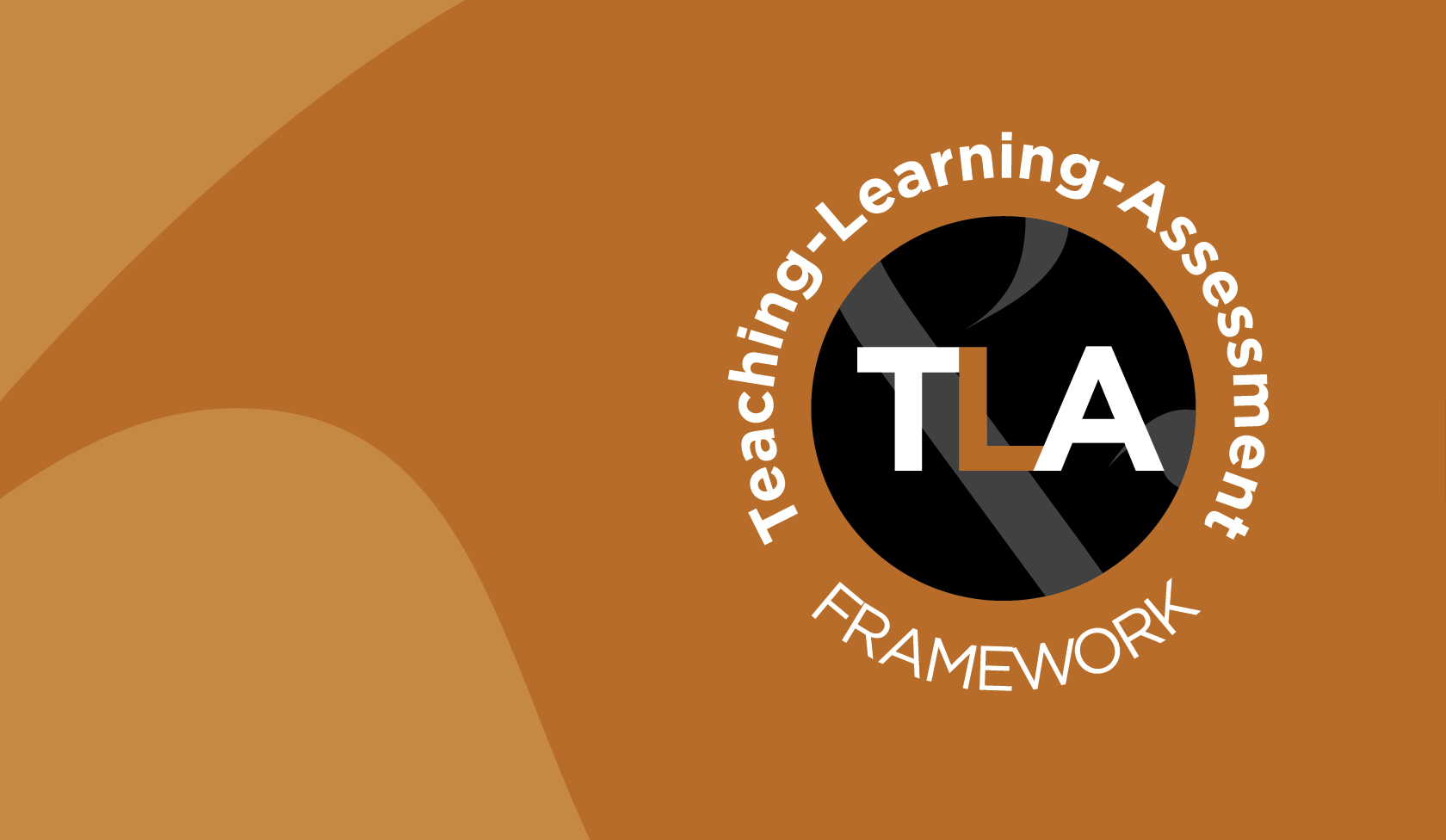
Transparency in Learning & Teaching
Transparency in teaching practices and assignment design is a strategy that supports the achievement of student outcomes by addressing barriers to student success and creating equitable learning environments. Mary-Ann Winkelmes, author of Transparent Design in Higher Education Teaching and Leadership, founded the Transparency in Learning and Teaching project (TILT Higher Ed) to provide faculty resources and examples for designing student-reflective assignments.
Transparency Framework for Assignment Design
- Purpose: Define learning objectives to help students understand how assignments will benefit their learning and success outcomes beyond their institution.
- Task: Define what activities students will do in the assignment; include helpful guidelines and errors to avoid.
- Criteria for Success: Provide multiple examples of what excellence looks like for the assignment; indicate the difference between excellent work and adequate work; indicate how the assignment will be graded.
Campus Spotlight: TILT Assignment Design
Pilot campus teams utilized the TILT Framework to make a significant impact on student learning outcomes and student success. With a project focus on its Criminal Justice program, Amarillo College designed applied learning, writing intensive, and capstone assignments that aligned with the transparency framework components of purpose, task, and criteria for success.
One capstone project in the Criminal Justice program involved designing a prison. The design of this assignment was intentional and clear; the instructor provided clear guidelines for students to follow and outlined why the assignment was being given. Below is the example of Amarillo College's TILT assignment design for the Criminal Justice program:

The idea in itself is simple--identify what you want your students to learn before you fill in the specifics of the course, and then backfill assessments and lessons, ensuring they are aligned with the explicitly stated learning goals.
Culturally Responsive Practices
Central to ensuring equitable outcomes for all students is the integration of culturally responsive pedagogy, including assignment design. As stated by Geneva Gay in Culturally Responsive Teaching, culturally responsive or relevant teaching practices consider the cultural experiences, contexts, and backgrounds of each student in the classroom and how they might affect modes of learning, learning outcomes, and lifelong success.
When designing or redesigning course assignments, campuses should be extremely intentional about integrating students’ cultural wealth into reflective, purposeful coursework (see Whose Culture Has Capital? by Tara Yosso). Design assignments that embrace students’ diversity as an asset by paying attention to existing biases, reflective practices, text selections, and discussion examples.
Culturally Responsive Podcast Series
Developed by the Office of Community College Research and Leadership (OCCRL), the Equity Speaks: Culturally Sustaining Stories in Educationpodcast series explores intercultural communication and expanding practitioners’ understanding of effective, culturally responsive practices. The series covers several topics including culturally responsive pedagogy, culturally responsive student support services, culturally sustaining practices on race, and more.
Core Components of Culturally Responsive Teaching
Below are some of the core components of culturally responsive teaching, as demonstrated during one of AAC&U’s HIPs Faculty Professional Development workshops, Developing Culturally Responsive Teaching Practices:
- Learning happens within the context of culture/community.
- Student-centered instruction and/or reciprocal teaching practices are used.
- Course materials and readings reflect students’ diverse backgrounds.
- Assignments and assessments are transparent in nature and emphasize the purpose of what is being learned, and how this may relate to students’ experiences.
- Students are encouraged to make choices in course content or assessment methods based on their experiences, backgrounds, needs, values, etc.
- Self-assessment and self-reflection are encouraged practices for students.
- Practitioners acknowledge and encourage the cultural and linguistic assets that students bring to the classroom.

Team Reflection
- How do current pedagogies on campus reflect diverse student experiences, cultures, and backgrounds?
- Are course materials intentional and reflective of the students exposed to them? Are the materials inclusive, and do they foster student engagement?
- Who will benefit from these practices and how can this lead to greater student success and engagement?
Campus Spotlight: Culturally Responsive Practices
At Kapi'olani Community College, engaging the student voice and experience in classroom practices was key to enhancing and designing responsive assignments to improve student success and engagement. For example, faculty in the Psychology pathway asked students to reflect on their individual experiences to inform and improve classroom resources, assignments, and areas of focus. Described below is the Psychology pathway faculty’s approach to integrating inclusive and culturally responsive teaching and learning:
- Students challenged class materials based on their lived experiences and discussed how culture impacts hypotheses and/or theories.
- Students examined a wide range of personality theories, including a list of key concepts that a theory of personality should address. Then, in the goal of being equity-minded and student-centered, each student was asked to create their own theory of personality based on their life experiences using the tools provided in the class.
- Students explored topics within the field of psychology that are of personal interest, relevance, or value to them. This allowed the instructor to better understand the specific areas of psychology to which students are drawn. The instructor then provided additional resources, or emphasized relevant theories, to help them better understand those topics.
- Through the reflection components of students' work, faculty utilized qualitative analysis to identify themes related to the core values of the student body as a whole. As faculty continued to develop curricula, they tried to improve upon existing methods or weave additional opportunities for students to apply principles of psychology to better understand how those--and related--values are expressed and developed across cultures.

Direct Assessment of Student Learning
Direct assessment of student learning is a critical step in ensuring that student equity and success goals are being met; direct assessment highlights what has been authentically achieved, and where gaps persist in student proficiency related to key learning outcomes. Assessment provides comprehensive data for campuses to revisit action plans and devise strategies to help fill gaps as efforts are scaled across other pathways and programs.
VALUE Scoring Collaborative
The twenty pilot community colleges participated in the Valid Assessment of Learning in Undergraduate Education (VALUE) Scoring Collaborative as the primary method of direct assessment for their pathways project.
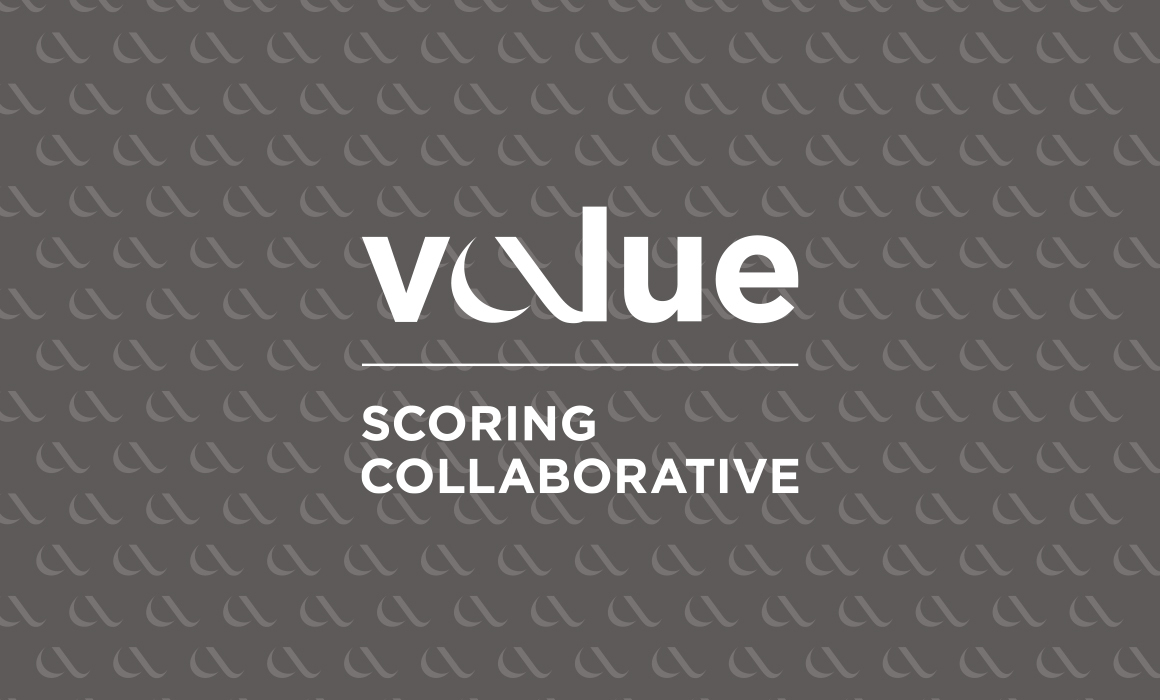
The VALUE Scoring Collaborative enables any higher education institution, department, program, state, consortium, or provider to utilize the VALUE rubrics-based approach to assessment by collecting and uploading samples of student work to a digital repository and have the work scored by certified VALUE faculty and other educator scorers for external validation of institutional learning assessment. The VALUE Scoring Collaborative bases its assessment of student learning on the actual work that students produce; it acts as an authentic and methodologically sound response to the need for direct assessment of student learning outcomes across various critical skills needed for lifelong success.
The VALUE Scoring Collaborative examines learning outcomes and achievement across student demographics such as first-generation, gender, racial, and ethnic groups, etc. It helps connect equity and quality in student learning and provides campuses with the opportunity to revisit project implementation actions to fill existing gaps through efforts like intentional, equitable, applied-learning assignment (re)design. AAC&U strongly encourages new campuses to use the VALUE Scoring Collaborative to assess learning outcomes for identified project pathways.

VALUE Rubrics
There are sixteen VALUE Rubrics, classified by learning outcomes. The twenty pilot campuses chose from a shortened list of learning outcomes for which they would submit a sampling plan and narrative. These outcomes included:
- Written Communication
- Critical Thinking
- Quantitative Literacy
- Intercultural Knowledge & Competency
- Global Learning
- Ethical Reasoning
- Civic Engagement
Preparing for the VALUE Process
How can your campus prepare to engage in the VALUE Scoring Collaborative assessment process? While VALUE scores are important, the process itself matters just as much. Here are some recommendations for preparing your campus and team:
- Engage in conversations with faculty about the goals and outcomes for your chosen pathway(s).
- Interrogate issues of assignment alignment and assignment (re)design.
- Partner with the institutional research office, the registrar’s office, and/or other “keepers” of institutional data.
- Be explicit about the connections between expectations for students and actual pedagogical practice.
- Dig into the data to understand patterns of learning and student success across student populations.
We’re not assessing for the purpose of grading….My personal takeaway is to look at [student] work with two sets of eyes: one being through the eyes of grading, and one being through the eyes of competency.
Submitting a Sampling Plan & Student Artifacts
Submitting a sampling plan ensures that a representative sample of student work is chosen for assessment; the VALUE Scoring Collaborative provides a guide for creating a plan to avoid collecting a sample that is biased or based solely on convenience. The VALUE Scoring Collaborative recommends first determining the purpose for assessing student learning, whether that is a general or a targeted purpose. The purpose should align with the learning outcome or VALUE rubric selected for assessment.
The VALUE Scoring Collaborative provides a multitude of resources and suggestions to participants for choosing sampling methods and generating random samples for submitting student artifacts for scoring. Institutions must submit at least a hundred student artifacts for each learning outcome for VALUE scoring; however, submitting more than the hundred required artifacts is encouraged in the case of ineligible artifacts or errors.
The process of collecting student artifacts takes time and intentionality. Campuses must create a plan for (1) selecting an inclusive sample of course assignments that align closely with the chosen VALUE rubric(s), and (2) selecting student work artifacts that are clearly demonstrative of the assessed learning outcome. Faculty must gather assignment information from other participating faculty, make sure the selected student artifacts are a good fit for the VALUE Scoring Collaborative, and format the artifacts to ensure readability and clarity for the VALUE scorers. Additionally, faculty must provide demographic data on the students whose work is being scored by the VALUE team.

VALUE Scorer Training
As part of the VALUE Scoring Collaborative process, faculty members from participating campuses are invited to participate in VALUE scorer training. The training process allows faculty to gain a deeper understanding of the selected VALUE rubrics and how to utilize them to properly and effectively assess student learning across pathways. Scorer training includes a calibration/norming process to ensure equity and understanding across all scorer trainees. The VALUE training and scoring process also allows faculty to understand the artifact collection, sampling plan, assessment, and data analysis processes and to utilize these methods at their individual institutions.
Campus Spotlights: Assessment
The twenty pilot campuses were required to submit a detailed sampling plan narrative to provide background and a rationale for their VALUE sampling methods to clarify the campus’ approach, criteria, and rationale for sampling methodology.
Indian River State College (IRSC) assessed Critical Thinking across HIPS (i.e., writing intensive and collaborative assignments) within the Social and Behavioral Science meta-major. The project team wanted to better understand how and where students were learning essential knowledge and skills throughout decentralized departments for the Associate in Arts (AA) degree.
IRSC provided a VALUE sampling plan narrative that captured the goal to better understand students’ demonstration of Critical Thinking, a foundational general education and transfer skill within the Social Science meta-major. The IRSC team worked with faculty across multiple disciplines within the Social Science meta-major to align their assignments with the Critical Thinking VALUE rubric to ensure intentional design and validity of assessment data. Each discipline was limited to the number of artifacts they could submit to ensure equal representation across the meta-major. The project team also worked with their internal Institutional Research office to collect specific student demographic data to ensure an unbiased and representative sample of student artifacts to be scored. The project team employed the Blackboard Outcomes Assessment Tool to collect artifacts. They then generated a random sample of student data, which was compared to institutional data the AA degree pathway to identify any major outliers or gaps in the sample’s representation.
Some of the pilot campuses felt that quality assessment of program learning outcomes had been overlooked and needed revitalization. The San Jacinto College team focused on improving the institutional capacity for assessment and evaluation with emphases on inter-faculty training, equity-minded design of assessment rubrics, and utilization of readily available assessment technology for the collection and analysis of student data. Pilot programs included Medical Radiography, Child Development, and the Bachelor of Science in Nursing (all have outside accreditors in addition to regional accreditor).
The project team recognized the assessment work already being accomplished at the institution, including inter-rater reliability, interpretation of VALUE rubrics for evaluation methods, and refining sampling methodology. The team then reflected on how the project would advance these assessment-based efforts and reposition assessment as a necessary, fundamental tool for understanding and achieving equitable student success. The goal of this work was to encourage cross-disciplinary collaboration among faculty and leaders to augment the scaffolding and formative assessment of program outcomes, and to increase the real-time availability of learning outcome data for continuous evaluation and instructional improvements.
Implementation of this assessment work included the following actions:
- Selected faculty assessment fellows to create Blackboard training modules on general education outcomes, their assessment through signature assignment work, rubric criteria and interpretation, etc.
- Worked with select faculty to develop assessment rubrics for programmatic outcomes that are equity-minded and attend to programmatic accreditation requirements.
- Worked with select faculty and pilot programs to collect and analyze data through EAC Visual Data (a Blackboard-based tool) to make assessment more agile and accessible for faculty.
At the Community College of Baltimore County (CCBC), the project team focused on assessing and reviewing their general studies (GS) pathway, a highly enrolled transfer program that impacts a large percentage of the student population.
Part of the project team’s assessment process for the GS program included developing a system for program review and curricular mapping for General Studies students and utilizing the Written Communication VALUE Rubric as a metric for assessing signature assignments in the program. Because GS is a transfer program and lacked an effective assessment mechanism, the institution recognized the need for assessing GS student outcomes in order to meet the requirements of transfer institutions and to build the skills necessary for entering today’s workforce.
As part of the GS program review process, the CCBC team embedded transfer student success data and collaborated with cross-departmental stakeholders, including the GS coordinator, the CCBC program review committee, the dean of curriculum and assessment, and the general education assessment coordinator to build intervention strategies for GS students.
The GS program review process revealed several key findings, which translated into several implementation actions by CCBC:
- The GS meta-major was removed, and advising protocols were created to infuse GS students into one or more academic pathways, based on student interest and/or transfer goals.
- CCBC-specific rubric template was modified for general education outcomes direct assessment through the addition of standardized language adapted from the VALUE rubric frameworks.
- Disaggregated program review data, transfer data, HIPs data, and VALUE data were utilized to develop continuous improvement interventions and map curricula.
In realizing the importance of a standardized and scalable assessment approach, St. Petersburg College recognized that there was a limited understanding of VALUE rubric-based assessment among institutional faculty. With this knowledge, the project team implemented efforts to build capacity for implementing VALUE rubric-based assessment across departments and programs.
To build a broader understanding of the VALUE rubric-based assessment framework, the project team shifted some of their focus and resources toward professional development opportunities with the intention of increasing interest in a large-scale adoption of a strategic assessment framework across additional departments and over a more substantial timeframe.
Professional development opportunities included returning to AAC&U’s Institute on High-Impact Practices & Student Success and attending AAC&U’s summer Institute on General Education and Assessment. To maximize the benefits, the project team was intentional in the selection of key faculty members to send to each of the team-based institutes in order to advance the goals of building holistic HIPs that incorporate assessment, and standardizing a VALUE-based assessment approach across the institution.
[As a result of this project], faculty are now spontaneously talking about assessment data....The surprise is that you can create a culture change in an institution like this.....That's my 'wow' moment.
Professional Development
The Center for Community College Student Engagement's (CCCSE) campus surveys and Building Momentum report offered key insights into the trends in professional development related to Guided Pathways. The findings showed that many institutions engaged with Guided Pathways did not feel that the offered professional development opportunities aligned with the Guided Pathways framework. Many faculty members indicated that professional development was often inadequate and needed to be specifically geared toward teaching within the Guided Pathways lens.
Ongoing professional development for institutional faculty is imperative for creating widespread change. Professional development opportunities broaden faculty’s perspectives, encourage cross-campus collaboration, create networks for engaged faculty, and provide additional tools and resources for effective teaching.
For the twenty pilot community colleges, professional development was central to advancing project goals. In collaboration with other institutional offices and departments, many of the pilot campus teams were successful in providing faculty with opportunities to further develop their knowledge and skills in multiple areas. Many of the pilot campus teams found that offering professional development to faculty and administrators inspired more faculty engagement, data-sharing, reflective conversations, and innovative approaches to addressing teaching, learning, and assessment practices on campus.
Campus Spotlights: Professional Development
Amarillo College has taken the idea of professional development and turned it into “professional learning,” creating a space where faculty learn by and with one another and where faculty are recognized as “agents of their own growth.” The institution has built faculty capacity to further professional learning opportunities and provided support for conferences, travel, etc. Through collaboration with the Amarillo College Center for Teaching and Learning (CTL), professional development has evolved into professional learning cohorts.
Professional Learning Cohorts:
- Professional development is compensated.
- Faculty learn within a cohort of their peers to implement new student engagement strategies in the classroom.
- The cohort approach helps to better identify and track high-impact practices across the institution.
- Institutional Effectiveness/Center for Teaching and Learning collaboration builds faculty capacity.
- Faculty “share out” their experiences with peers and Institutional Effectiveness/CTL staff.
Characteristics of Professional Learning:
- Recognizes faculty as agents of their own growth
- Emphasizes that learning is an experience driven largely by the learner
- Incorporates active learning
- Is collaborative, sustained, and job-embedded
What Professional Learning looks like at Amarillo College:
The Finger Lakes Community College (FLCC) team focused on building capacity and space for professional development activities to reflect on teaching and learning practices, student learning data, assessment plans, and idea sharing between faculty members. Described below is the FLCC team's approach to supporting and sustaining professional development.
Teaching And Learning Days:
- The event is scheduled at least twice per year.
- Faculty gather to spend time reviewing and considering teaching and learning in programs, general education, and across the institution.
- Reflective activities focus on assessment plans, student learning data, and talking about and sharing experiences/ideas with faculty peers.
- Each general education course and each program submit a survey to document reflections and conversations.
- Sessions on both Diversity, Equity, and Inclusion and the First-Year Experience are hosted within the curriculum.
- Participants take a holistic look at written communication across the curriculum.
- Assessment coaches work with programs and provide support for norming, assessing, and conducting Teaching and Learning Conversations (TLCs).
- A robust portal for data sharing creates a feedback loop for the Teaching and Learning Day event and for future data-driven institutional decision making.
- Disaggregated data are used to challenge learning assumptions and norms.
- Teaching and Learning Day portals provide faculty with spaces where they can meet with one another in “rooms”; upload rubrics, assessment artifacts, and pillar outcomes; and fill out assessment forms and participant surveys for an interactive professional development experience.

At South Texas College, the project team reshaped their project focus by recognizing the need for more professional development opportunities surrounding HIPs implementation, assessment, and data to better serve their students and achieve intended student learning outcomes. To build capacity for more professional development opportunities, the campus implemented college-wide, peer-to-peer professional development sessions on HIP implementation and assessment in conjunction with the annual South Texas College Data Summit.
An institution-wide effort, the data summit invites every program at the college to review its data points as a group. During the summit, faculty peer teams break out to review key performance indicators, institutional effectiveness assessment plans and objectives, and program learning outcomes assessments. Rather than reviewing these as three separate components, the summit urges faculty members to review these elements as three angles on the same goal of designing and creating targeted high-impact practices.
The project team’s involvement in the summit was a great success, based on faculty feedback and evaluation. After this summit, which allowed faculty to collectively discuss program-relevant and contextualized data, the project team noticed a significant shift at the college among faculty, with an intentional focus specifically on the design and implementation of high-impact practices and reevaluating learning outcomes assessment.
The project team mobilized the power of faculty-led, “discipline-agnostic” professional development opportunities to catalyze institutional change and create high-impact practice and student learning improvements that are adaptable and scalable across any department or program.
At Indian River State College (IRSC), the project team focused on scaling its efforts beyond participating faculty by developing a professional development experience resulting in reflection, sharing, feedback, implementation, and support. The goal of this professional development was to design a general education curricular experience for students that was engaging, relevant, and structured.
Coaching was used to support faculty in aligning the outcome, assignment, and teaching practices. This approach allowed coaches to become partners with others through a thought-provoking and creative process, often leading to transformative change. Coaching was used to promote deep learning and the intentional and transparent design of assessments and teaching practices. They promoted reflection about existing teaching practices, helped faculty set realistic goals for improvement, and provided structures for faculty stay on track to meet their goals.
To ensure intentionality in teaching practices and to strengthen assessment data, coaches asked probing questions such as:
- What would a demonstration of student learning of critical thinking look like in your program?
- Can you help me understand what you are currently doing to support students’ demonstration of critical thinking?
The following tasks provided structure to the coaching model of professional development at IRSC:
- Coaches were identified and each read The Art of Coaching Workbook: Tools to Make Every Conversation Count by Elena Aguilar.
- Each coach was assigned three faculty members. Coach assignments reflected interests, needs, and existing resources of faculty applicants.
- A coaching checklist was developed to outline “steps in the process” to ensure consistency across each team.
- A set of common coaching questions was developed to promote consistency among coaches and to ensure deep student learning.
As a result, the coaching model supported the development of intentional and transparent teaching and assessment practices, helped foster a common language and faculty comprehension of the AAC&U VALUE Critical Thinking Rubric for assessment, and formed meaningful and engaging partnerships to maximize students’ critical thinking skills. Faculty and students reported an increase in the quality and outcomes of student work and the teaching and learning experience.
The Waubonsee Community College team drew inspiration from the annual AAC&U Institute on High-Impact Practices and Student Success to create and host their own, faculty-led Equity and High-Impact Practices (E-HIPs) Institute.
The global pandemic and heightened racial justice movements made the inequities that persist in student learning and access to high-impact practices even more apparent. In response, the project team intensified and refocused its priorities to develop equity-based, high-impact learning experiences for students and to re-center efforts around intentional, equity-focused faculty development and discussions.
Waubonsee faculty collaborated on two HIPs Institutes with guest speakers from Northern Illinois University and Oakton Community College. The program included sessions and development focused on the following areas:
- Developing inclusive syllabi and inclusive teaching practices
- Improving the classroom climate
- Integrating student voices in the classroom
- Diversity, equity, and inclusion in teaching practices
- Writing intensive courses and problem-based learning
- Workshops on high-impact practice assignment design
The development of this faculty-led institute on equity and high-impact practices remains an important component of the project team’s steps toward equitable strategies to support and improve learning outcomes for all students.

Online Instruction
With learning shifting to the remote/virtual landscape, faculty must be prepared and trained to operate their courses effectively through new platforms and software while ensuring that their students remain engaged and successful in their outcomes. It is essential that all faculty are equipped with the right tools, resources, and support from their institutions to continue implementing best teaching practices and pedagogies through distance learning.
As institutions grapple with this shift, many higher education centers and organizations have created tools in response to the dire need for professional development resources. One such resource is the Delivering High-Quality Instruction Online in Response to COVID-19 Faculty Playbook, developed by the Online Learning Consortium in collaboration with the Association of Public and Land-Grant Universities and the Every Learner Everywhere network. This playbook can help campus teams and faculty design, enhance, and optimize their online instruction practices in emergency and non-emergency contexts.
Measuring Progress
As campuses move forward in the Implementation phase of the TLA Framework process, monitoring project progress remains an important action. Reflect on the evidence collected to assess progress toward achieving project goals. How are implementation efforts supporting or hindering progress?
Campus Spotlight: Measuring Progress
There are many observable actions that might indicate that a campus is making progress. At Kapi'olani Community College, the team identified the following indicators of project progress in their concentrations:
- Revisions of current and/or additions of new syllabi and assignments with an equity-minded lens.
- Increased critical discussions and re-assessment of their classroom and teaching practices.
- Regular review of course curriculum for hidden forms of oppression and make appropriate changes.
- Revisions of current and/or additions of new equity-based questions in course evaluations.
- Critical and careful selection of content, materials, textbooks, readings, examples, etc.
- Increased use of a variety of formative/authentic assessments.
- Increased number of faculty utilizing high-impact practices.
- Greater interaction, connection, and mutual understanding between faculty and students.
- Specific inclusion or exclusion of courses in a particular concentration would change, suggesting increased intentionality of equity in decision-making.
- Change of student learning outcomes and re-mapping of course assignments to course outcomes, suggesting refinements in the understanding of what constitutes critical thinking and how it helps all students achieve the course outcomes.
- Purposeful monitoring and reporting of diverse student populations within Concentrations transferring from community college to in-state and out-of-state four- year college.
Key Takeaways
- Be intentional about including culturally responsive teaching practices in assignment design; consider your students’ demographics and cultural contexts as your team designs assignments in the Implement phase.
- Design assignments that are transparent in nature and provide students with clear instructions, expectations, and criteria for success.
- Research and employ best methods for direct assessment of student learning outcomes, in consideration of the environment and needs of your institution.
- Examine disaggregated assessment data to understand where persisting equity gaps exist among student groups. Utilize this to make data-informed, equity-conscious decisions at the course, program, and institutional levels.
- Triangulate student success data to inform institutional decision-making, ask authentic questions related to student learning outcomes, and improve student learning.
- Consider using the VALUE Scoring Collaborative as a rubric-based approach to direct assessment that is designed to analyze and score student-produced work based on indicated learning outcomes.
- Create professional development opportunities for faculty that intentionally target areas of teaching, learning, and assessment that need strengthening or lack understanding.
- Recognize the necessity for equitable access to online teaching and learning. Utilize the many resources developed by entities like the Online Learning Consortium to ensure your online teaching practices sustain accessibility, quality, and equity.
- As your campus team moves through the implementation phase of the process, consider how you will monitor and measure progress.
- Revisit the “Evidence of Success” portion of your action plan to reflect on how implementation has aligned with these outcomes and what still needs to be done.
Implement Resources
Engage with the resources below, selected to help campuses consider areas of focus introduced in the Implement phase.
 Transparency in Learning and Teaching (TILT) Higher Ed
Transparency in Learning and Teaching (TILT) Higher Ed
 NCII Principles of Redesign: Promising Approaches to Transforming Student Outcomes
NCII Principles of Redesign: Promising Approaches to Transforming Student Outcomes
 National Institute for Learning Outcomes Assessment (NILOA)
National Institute for Learning Outcomes Assessment (NILOA)
 VALUE Scoring Collaborative
VALUE Scoring Collaborative
 CCCSE Professional Development Tools for Faculty
CCCSE Professional Development Tools for Faculty
 AAC&U Peer Review: Professional Development Issues for Community Colleges
AAC&U Peer Review: Professional Development Issues for Community Colleges
 AAC&U Faculty Professional Development 201: Culturally Responsive Teaching Practices
AAC&U Faculty Professional Development 201: Culturally Responsive Teaching Practices
 Every Learner Everywhere Pillar Resources
Every Learner Everywhere Pillar Resources
 Delivering High-Quality Instruction Online in Response to COVID-19 Faculty Playbook
Delivering High-Quality Instruction Online in Response to COVID-19 Faculty Playbook
 Toward a Theory of Culturally Relevant Pedagogy, Gloria Ladson-Billings
Toward a Theory of Culturally Relevant Pedagogy, Gloria Ladson-Billings
 Culturally Responsive Teaching: Theory, Practice, and Research, Geneva Gay
Culturally Responsive Teaching: Theory, Practice, and Research, Geneva Gay
 Whose Culture has Capital?, Tara Yosso
Whose Culture has Capital?, Tara Yosso
 Paths to Success, AAC&U
Paths to Success, AAC&U


